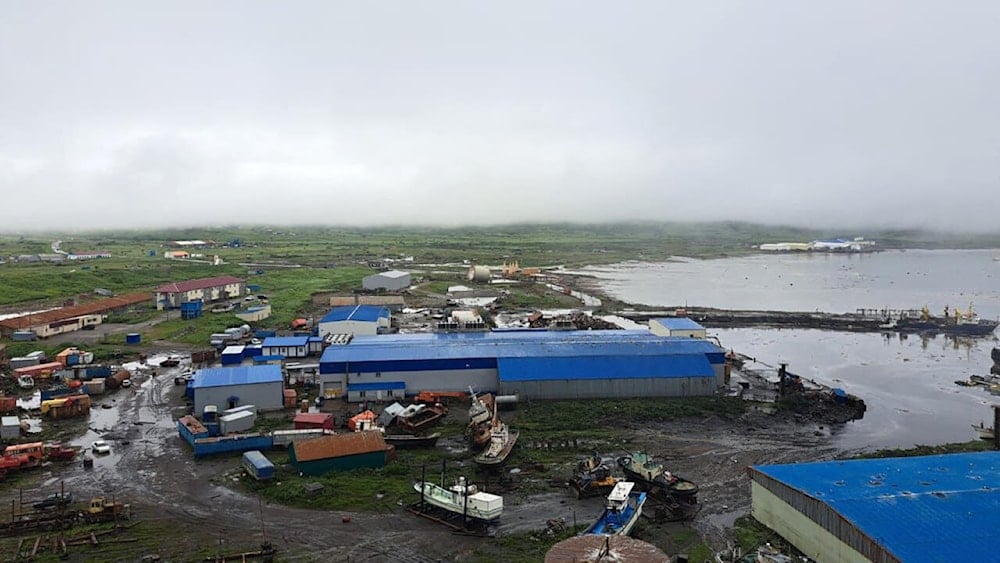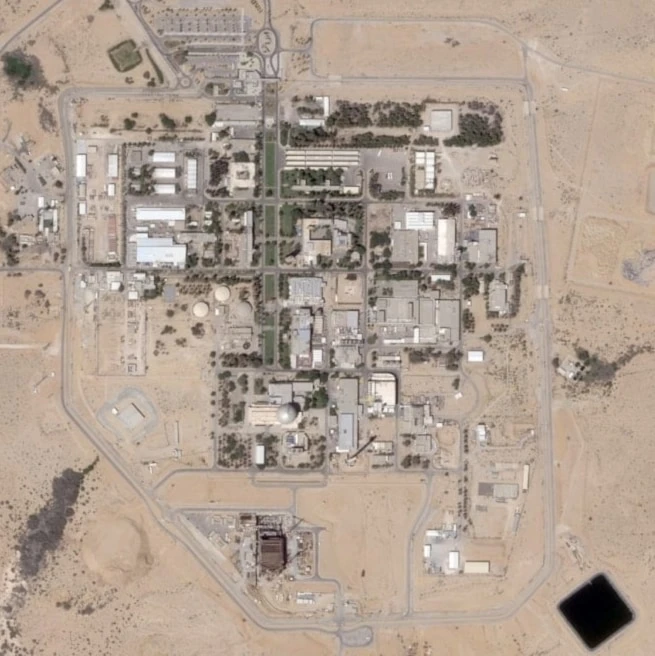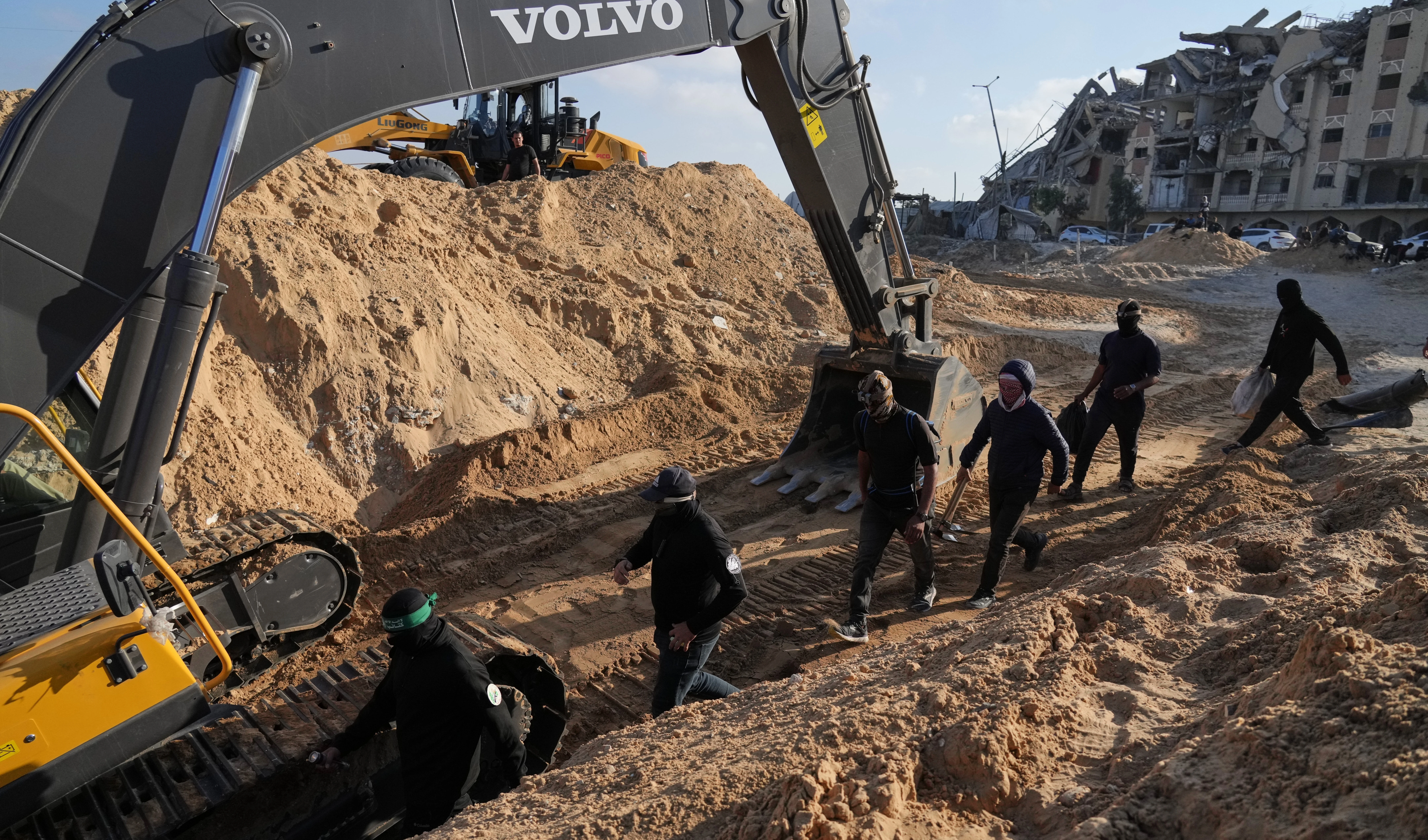Millions return home as Pacific tsunami warnings lifted
A powerful 8.8 earthquake off Russia's Kamchatka Peninsula triggered mass evacuations across the Pacific Rim before tsunami warnings were lifted.
-

The eastern Russian town of Severo-Kurilsk was hit by a tsunami on July 30, 2025. (AFP)
Countries across the Pacific Rim lifted tsunami warnings on Wednesday, allowing millions of temporary evacuees to return home after a massive 8.8-magnitude earthquake struck off Russia's Kamchatka Peninsula.
The Pacific earthquake of 2025, one of the strongest ever recorded, rattled Russia’s sparsely populated Far East and triggered widespread tsunami alerts across more than a dozen countries, including Japan, the US, and Ecuador. Coastal residents were urged to evacuate, and storm surges of up to four meters were forecasted for certain regions.
The earthquake struck off the coast of Kamchatka, in Russia’s Far East, and was followed by dozens of aftershocks, including one that measured 6.9 in magnitude. Russian scientists had warned of potential aftershocks reaching up to 7.5 magnitude.
Watch the waves from yesterday’s M8.8 megathrust earthquake near Russia’s Kamchatka Peninsula roll across seismic stations in North America. Just amazing. pic.twitter.com/x1Ji2akphy
— Nahel Belgherze (@WxNB_) July 30, 2025
The US Geological Survey noted that the quake was one of the 10 strongest globally since 1900.
According to Russia’s Geophysical Survey, the Klyuchevskoy volcano erupted shortly after the quake: "Red-hot lava is observed flowing down the western slope. There is a powerful glow above the volcano and explosions," the agency said.
The worst tsunami-related damage occurred in Severo-Kurilsk, where a surge of water flooded the local fishing plant and swept buildings and debris into the sea. The wave reached as far as the town’s World War II monument, located about 400 meters from the shoreline, according to Mayor Alexander Ovsyannikov.
Despite the scale of the quake, Russia reported only light injuries and limited structural damage.
Japan evacuates nearly two million
In Japan, nearly two million people were ordered to higher ground. Although waves as high as 0.7 meters were still observed on Thursday, the initial tsunami warnings were downgraded to advisories for much of the Pacific coast.
"We urge the public not to go in coastal waters and please stay away from coasts," a seismologist at Japan’s meteorological agency said. Local media reported one fatality, a woman whose car fell off a cliff while she was evacuating.
Chile’s Interior Ministry described the event as "perhaps the most massive evacuation ever carried out in our country," with 1.4 million people directed to safer areas inland. Despite the scale of the operation, Chile registered waves of only 60 centimeters along its northern coast, with no reported casualties or damage.
In the Galapagos Islands, where waves of up to three meters had been anticipated, only a one-meter surge was reported. The Ecuadoran navy’s oceanographic institute declared the danger had passed. Santa Cruz resident Isabel Grijalva expressed relief: "Everything is calm, I’m going back to work. The restaurants are reopening, and the places tourists visit are also open again."
The regional seismic monitoring service in Kamchatka stated that Wednesday’s quake was the strongest in the region since 1952. The USGS estimated a 59% likelihood of another aftershock exceeding magnitude 7.0 within the following week.
Authorities across the Pacific Rim remain on high alert, but the lifting of tsunami warnings signals a return to relative calm after a tense 24 hours.

 3 Min Read
3 Min Read








